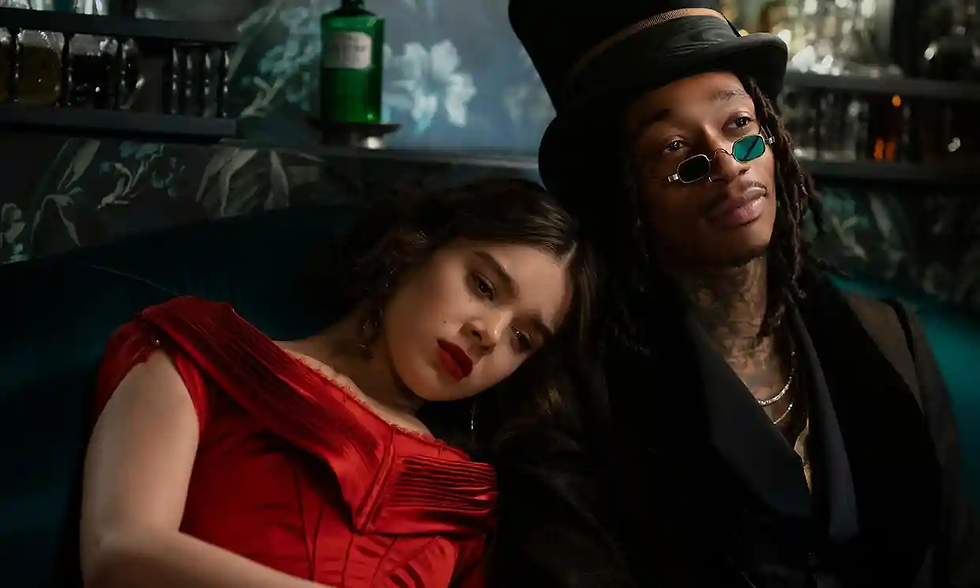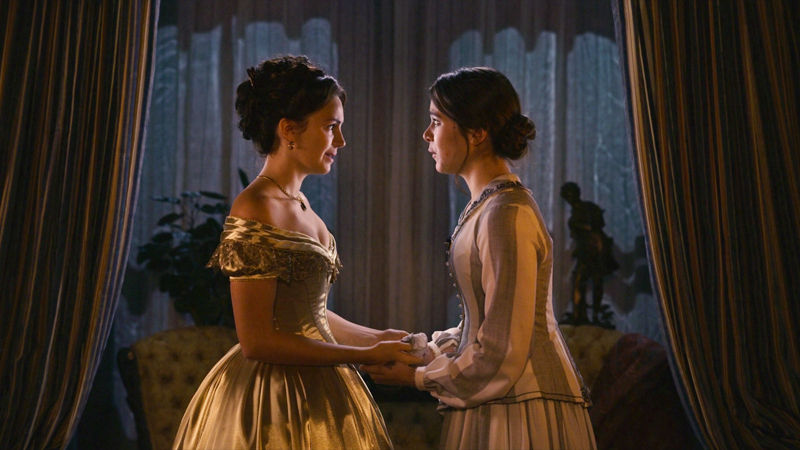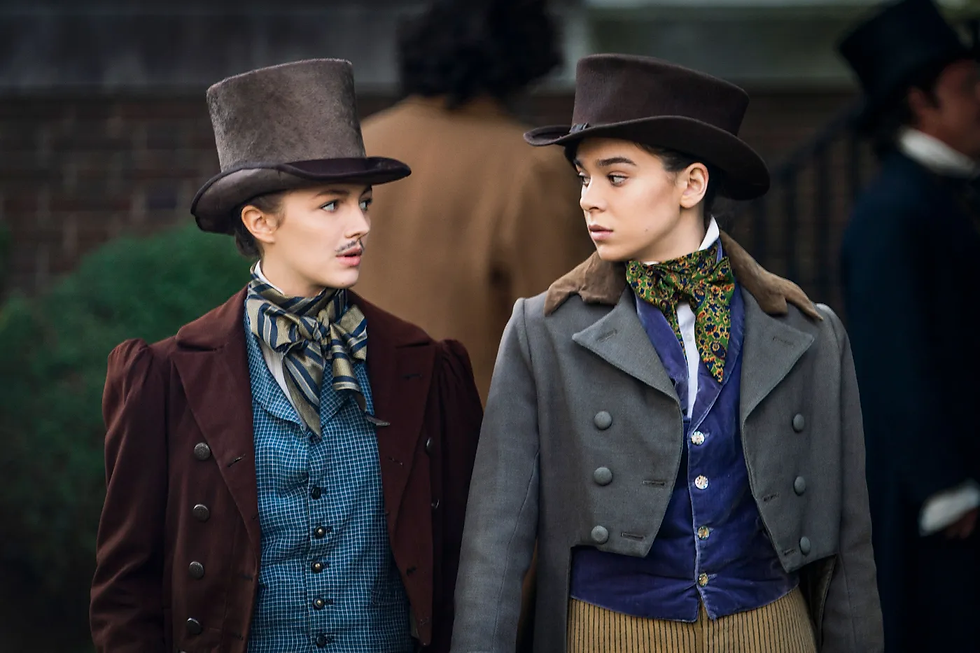It’s a well-known fact that the media has a pretty big impact on our lives– whether it’s an outfit inspired by your favorite TV show, telling your friends a weird fact you learned from a documentary, or everything in between. TV, film, social media, and music, like documentaries, can provide and hold information. People can grow up watching and listening to all of these sources of media, and that will be all they know, because they’ve never seen or heard differently. When you listen to and see stories that are different from yours, it can be an eye-opening experience, helping with your empathy and understanding of others. To take stories from all aspects of real life, to draw inspiration from different cultures and places, is to represent them.
There have been many attempts at LGBTQIA+ representation in the media, and like most representation, it’s not always great. Depicting this representation incorrectly is both indirectly and directly harmful to LGBTQ+ youth everywhere. For example, characters are often portrayed in ways that conform to harmful and homophobic stereotypes, and by only portraying LGBTQ+ characters one way, it can make people who don’t act or look the same way feel less valid. Stereotypes in media can have very harmful effects on real people and real relationships, and it’s a basic lack of respect to people within the LGBTQ+ community. That said, it can be extremely beneficial to see healthy representation for everyone, especially people who are trying to grow up and figure out who they are.

Recently, I’ve watched Dickinson on Apple TV, and I loved it. Dickinson, to me, was a comical, historical, fictitious show, where elements of slang and modern trends made their way into a show about a girl in the 1800s. Emily Dickinson is a famous poet. One of the most well-known names in poetry, she grew up during the civil war and women’s suffrage. What some people don’t know is that her sexuality was historically glossed-over. Just like many other famous historical figures, certain aspects of her were ruled out and buried. However Dickinson retells her story, and gives her a new spotlight. The show is magically enthralling, and I consider it to be a genre of its own. Emily (Hailee Steinfeld) and Sue (Ella Hunt), the main characters, illustrate the fluidity of sexuality (without ever having to define it), which can serve as a comfort for people struggling to grow into who they are. Not only can seeing good LGBTQ+ representation in media help the community’s youth, it can also serve as a guide to people who aren’t a part of the community. Providing outreach, comfort, help to people, or even something as simple as hearing-out different perspectives can help people be more open. Over the course of three seasons, Dickinson manages to cover a large number of topics, ranging from concepts of society and gender, to dealing with your family. All of these topics are still things that people in the LGBTQ+ community have to deal with today. Discovering who you are to yourself, who you are to others, especially your family, can be a difficult process, but with help from the media, maybe there could be more people on your side or in your corner. But not only does Dickinson show portrayals of real problems, it also is a lot of fun. Viewers of the show often find themselves in Emily’s daydreams, and with visions so complex and enjoyable, it makes you marvel at the mind of her.

Whether or not you’re a part of the LGBTQ+ community, it’s important to be exposed to all types of media. As a part of any community, it’s our collective job, as members of society, to make sure we are as unprejudiced as possible, keeping our eyes and ears open to make sure people feel seen and heard. The main thing anybody can do, for any kind of support, is just to
be gentle and kind.


Comments